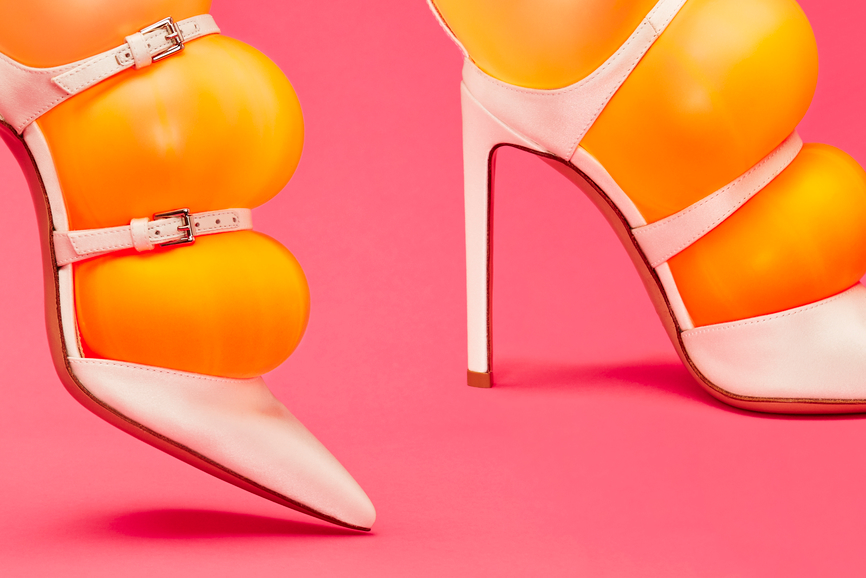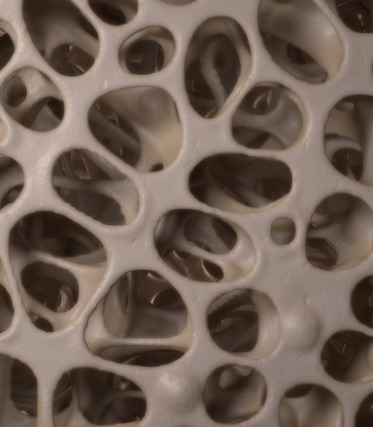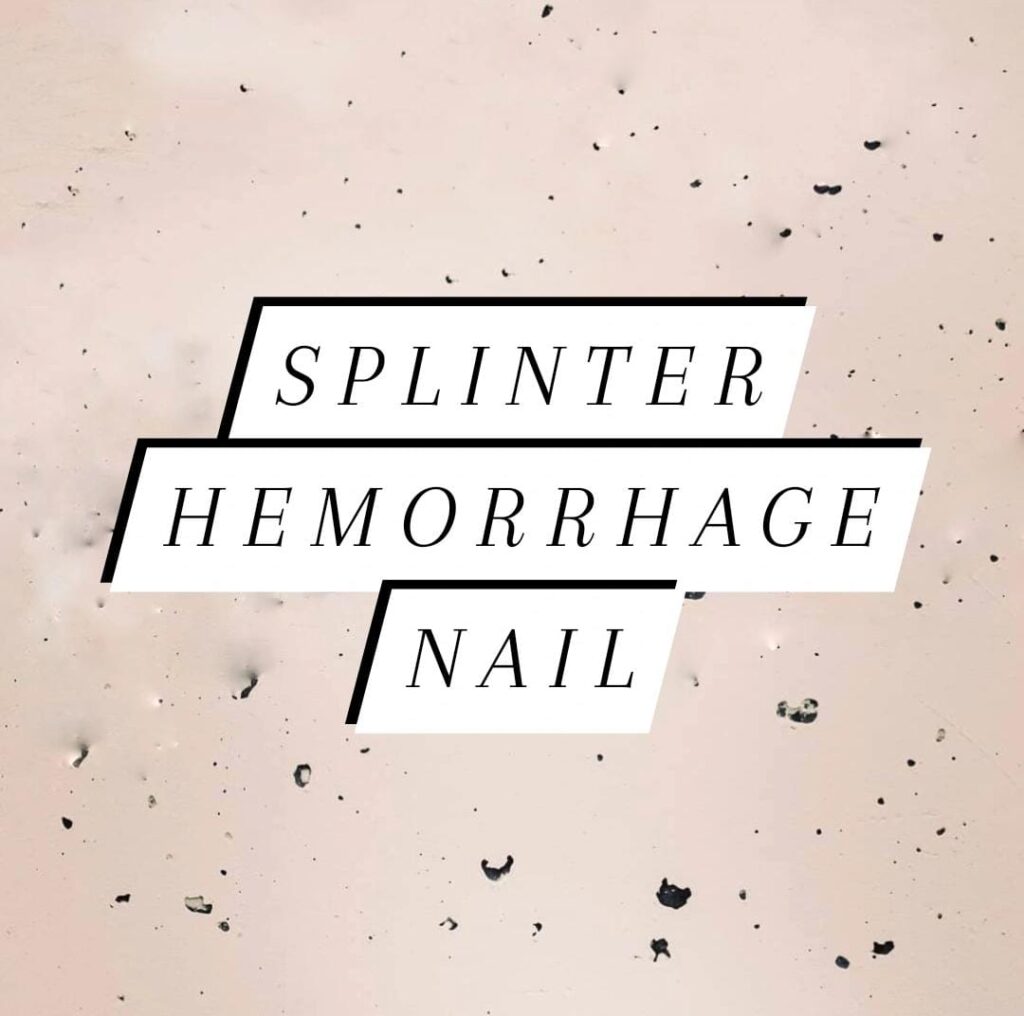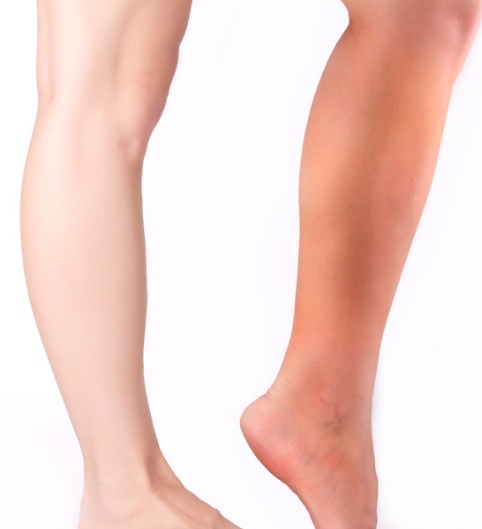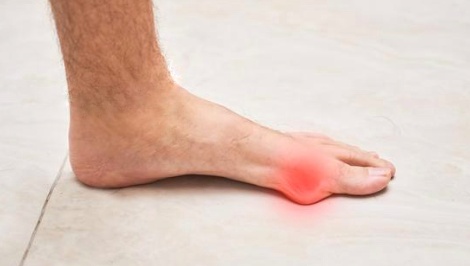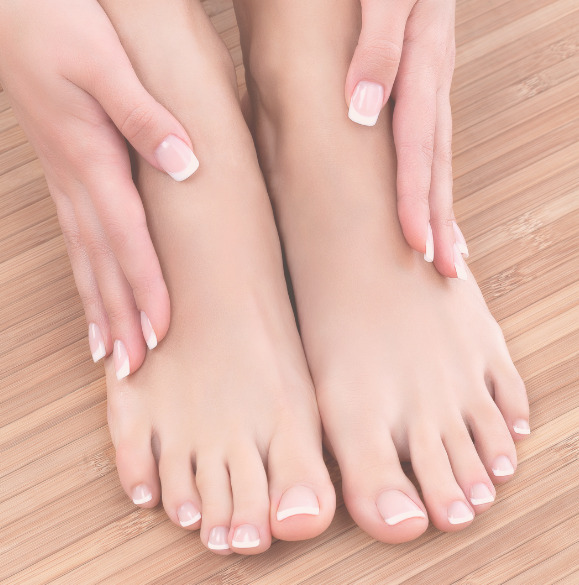Angel Wing Deformity
Angel Wing Deformity Angel wing deformity defines as a nail plate thinning due to lichen planus. The nails affected by angel wing deformity typically thicken, harden, and become brittle. They may appear as yellowish or brownish in color, and the curvature can be severe, causing pain and discomfort. In some cases, the nail can […]
Angel Wing Deformity Read More »


